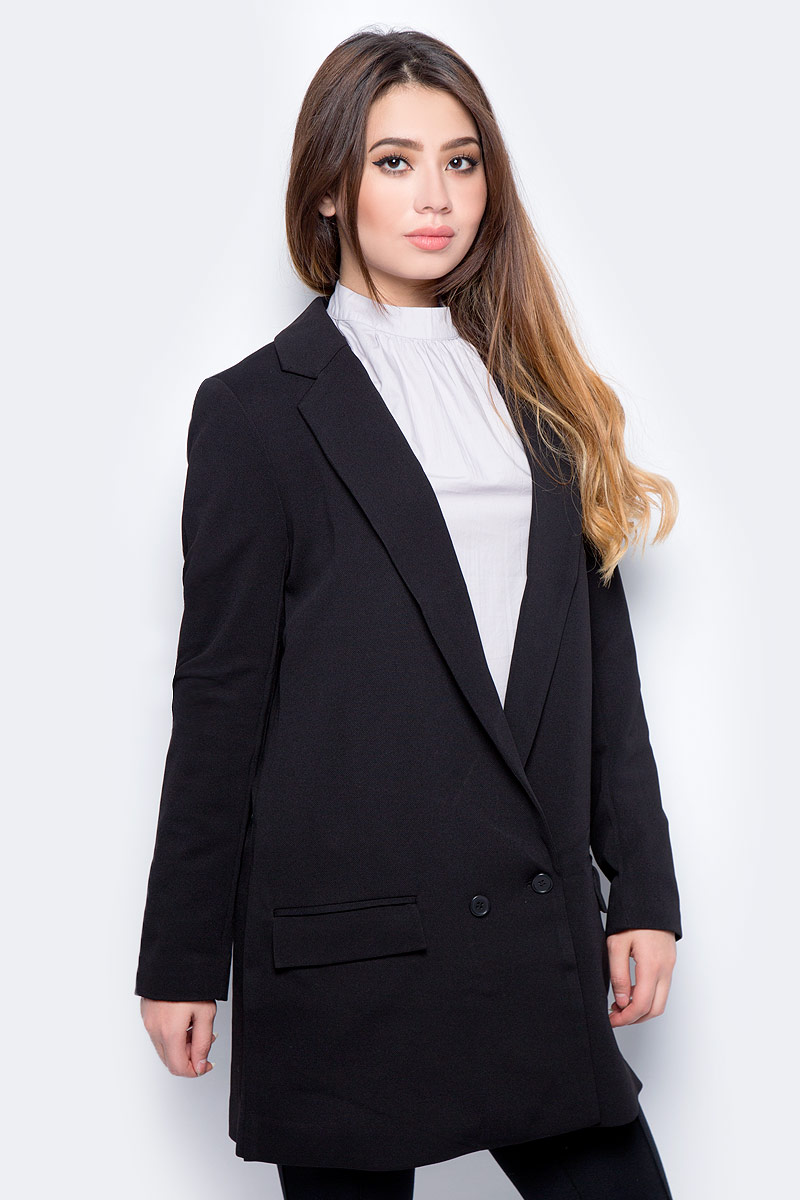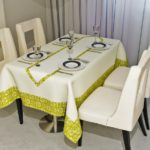Advantages and disadvantages of polyester
The production of woven synthetic materials in the world is growing steadily. The dynamics can be clearly seen on the example of the Russian market. Polyester is actively produced in the country - what kind of fabric and why it is produced in huge volumes is easy to understand if you familiarize yourself with the physicochemical and consumer characteristics of this raw material.

What kind of material is polyester
This is a kind of synthetic matter. Outwardly it resembles thin wool, but its consumer properties are closer to cotton. It is made from a melt of polyethylene terephthalate - a durable, wear-resistant thermoplastic, which is a good dielectric.

Important! PET melt is a form of petroleum.
Initially, the material was used for the manufacture of packaging. In the 70s of the 20th century, it began to be used when sewing everyday clothes and accessories:
- trousers;
- skirts;
- dresses;
- raincoats, coats, jackets;
- sports suits;
- T-shirts, shorts;
- stripes;
- ties.
Today, home textiles are sewn from polyester, including bedding, curtains and tablecloths. The result is clothes that are resistant to fading in the sun and keep their shape well, which after washing do not need to be ironed and steamed for a long time. The fabric is also suitable for upholstering furniture. It is cost effective as polyester is inexpensive - cheaper than other upholstery materials.
Many items of tourist and fishing equipment, from protective covers to sunbeds, are made from this material. It is used for awnings, tents and sleeping bags. The latter are in demand due to the high drying rate. With them, you can go to the forest in the off-season, when there is a high probability of precipitation.
From the same matter, only of a different density, medical films and covering materials for gardeners are made. Plastic is obtained from a variety of polyesters. Synthetic material is also in demand in the shoe industry, as well as in the production of workwear.
Pros and cons of polyester
Visually, the material can be difficult to distinguish from natural fabrics. The artificial origin is learned by touch and by tests for settling rate, ability to maintain a given shape and stretch of the thread.

The similarity to natural fabrics is not the only plus of polyester. There are other advantages:
- safety for adults and animals;
- a variety of options (the canvas can be of different thicknesses, have a pronounced texture, villi or be absolutely smooth);
- resistance to dirt (does not attract dust, and splashes of liquid dirt from ski pants or awning can be easily removed with a damp cloth);
- affordability;
- resistance to some aggressive chemicals (organic solvents);
- insignificant wrinkling when exposed to high temperatures;
- ease of handling, sewing and care (does not crumble during cutting);
- resistance to wear (no pellets are formed - the main sign of a violation of the integrity of the fibers);
- resistance to weathering (practically does not absorb rain and ordinary water, dries quickly, and with constant exposure to the sun it fades slowly, over several seasons);
- versatility (you can sew both outerwear and underwear).

The material performs equally well at low and record high temperatures. In the cold season, it heats up, repels snow and water, but at the same time it burns rather badly and slowly. Together, these features make it possible to produce insulation and fillers from polyester with functions that are quite attractive to consumers.

The listed positive properties are fully inherent in the material of the highest grade. In low-quality products, the advantages characteristic of the class are less pronounced. At the same time, even super-quality polyester cannot be called ideal, its pros and cons are balanced. The most significant disadvantages are:
- rigidity;
- significant creasing when exposed to high temperatures;
- difficult to repaint (it is difficult for a coloring pigment to penetrate deep into the fibers);
- sensitivity to certain chemicals (contact with chlorine-containing and bleaching products is unacceptable);
- poorly letting air through (it can cause condensation on the walls of the tent, prickly heat in a person or profuse sweating);
- when mixed with sweat and heating, it begins to smell strong and unpleasant.

Important! Stiffness is optional. The disadvantage is leveled by chemical modification.
Some of the above disadvantages, with the right approach, turn into advantages. For example, manufacturers have learned to benefit from the wrinkle properties of polyester when exposed to high temperatures. This is how things with a squeeze effect appeared.

Properties of polyester in clothing
To understand what kind of material such polyester is, it is enough to look at a warm thing made of it and compare them with analogues. Down jackets and jackets based on natural materials dry for a very long time and there is always a risk that the filler will rot due to frequent washes or insufficient drying. Polyester outerwear has no such disadvantages.

Summer outfits made from this fabric show themselves somewhat worse. Their inherent disadvantages:
- the body breathes worse in them, which affects heat exchange and leads to profuse sweating, and in some people with sensitive skin - to rashes and allergies;
- they stick to the skin, including dry (unless the manufacturer is worried about the issue, then the thing will accumulate static electricity);
- soaked in sweat, polyester starts to smell bad.
The material is poorly permeable to liquids and air, therefore, theoretically, it should not accumulate odors in itself. However, the combination of these qualities leads to a violation of heat transfer. Sweat begins to be released so actively that it overcomes the moisture resistance of the fabric.

Marina. I have a jacket and two polyester pullovers. There were never any problems with things. The jacket is very light, thin to the touch, but warm in it. I wear it in winter, in sub-zero weather, but I practically don't feel it on myself, I can't compare it with a sheepskin coat. Repeatedly washed all polyester clothes in a typewriter, there were no folds close.I think if it is normal to wash and hang up immediately after washing, and not after a few hours, then there will be no problems.
Oksana. For a long time and successfully sew from polyester fabrics. The processing of the cuts takes a minimum of time, and the edges of the blankets do not need to be used up at all. It is enough to carefully cut and tie with decorative knots.
Helena. Baby overalls for this amount do not and cannot have any drawbacks. It costs a penny, but for the action, it actually happened for nothing. It's not even a pity if the child breaks or gets dirty. With peace of mind, I wash my overalls every day, by the morning it is always dry and warm.
Care rules
The most important requirement is to avoid exposure to high temperatures. With short-term contact and moderate heating, folds appear, and from the iron set for steaming or any non-delicate mode, polyester shrinks and melts.

To preserve a presentable appearance, clothes should be washed at 30-45 degrees and without the use of chlorine-containing products. Spinning should go with a minimum number of revolutions, and immediately after the end of washing, things should be straightened and hung. If you do everything right, then the urgent need for ironing will disappear.

What is polyester combined with
The material belongs to simple everyday ones, which means that it will look good in contrast with chic festive fabrics: velvet, chiffon, organza and jacquard. The density of a particular canvas can also be taken as a reference point. If it is thin, then let the rest of the items in the set be made of heavy textures: drape, suede or leather.

Important! Dense polyester is combined with the lightest chiffon, silk and lace, and smooth - with coarse knit wool, velveteen, bouclé, tweed. Other solutions with a pronounced texture are also suitable.
If you find out what kind of fabric is polyester and what are its pros and cons, the reason for its increased demand will become clear. This artificial fabric is safe, pleasant to the touch and extremely easy to handle. Properties are observed provided that the material is made to all requirements and has undergone additional processing that removes the electrostatic effect and stiffness.

VIDEO: Cotton or polyester - which material to choose.

















